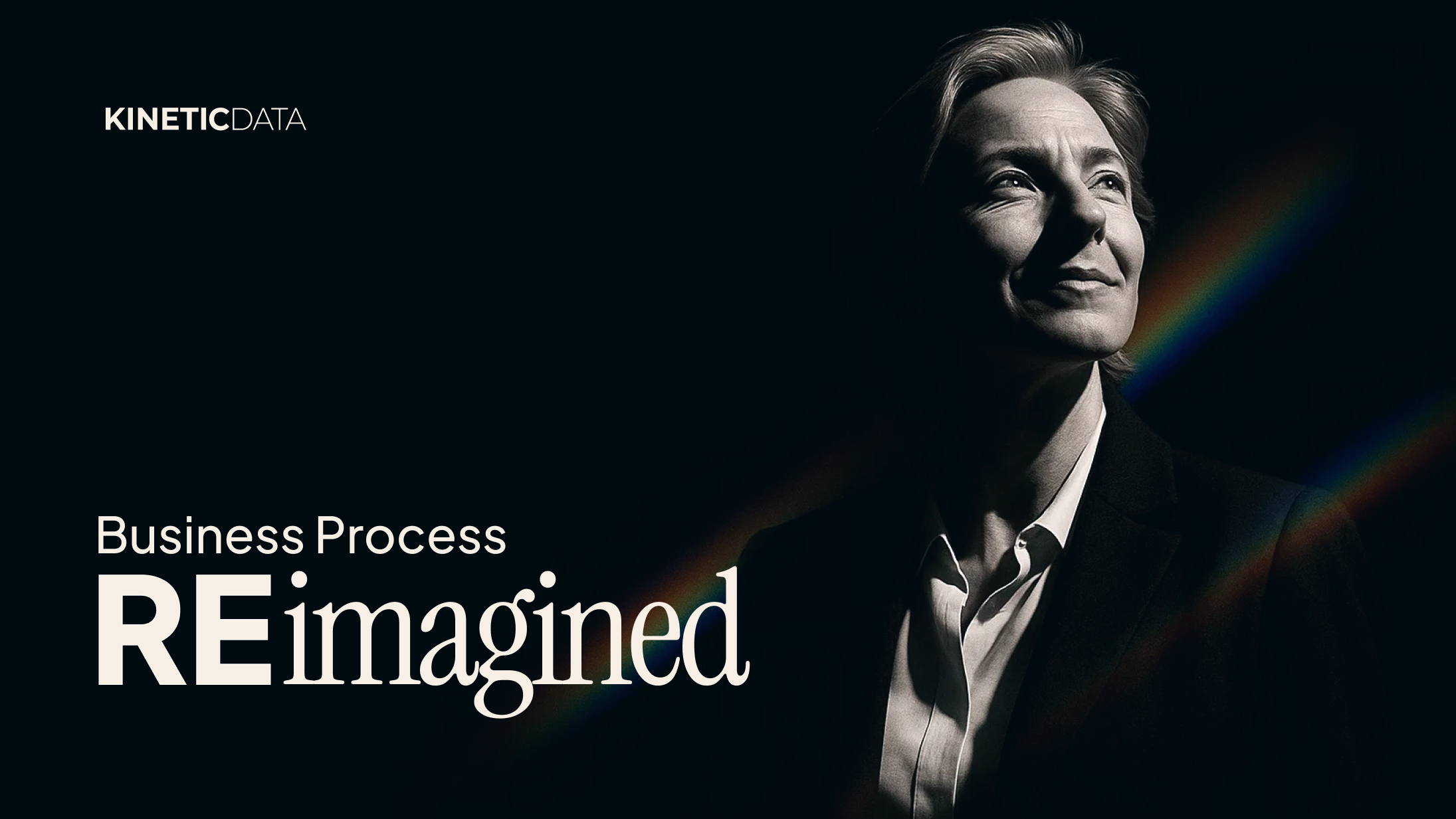Comprehensive Guide to Enterprise IT Service Automation
IT support automation uses software workflows, rule engines, AI/ML, and integrations to automate...
Digital transformation has led organizations to adopt best-of-breed software solutions across their operations. While each solution serves a vital purpose, a hidden cost emerges when organizations...

Digital transformation has led organizations to adopt best-of-breed software solutions across their operations. While each solution serves a vital purpose, a hidden cost emerges when organizations build their digital experiences directly within these various platforms. This is what we call the "SaaS Tax" - the cumulative overhead of managing user experiences across multiple enterprise systems.
The scale of this challenge is significant. According to MuleSoft's 2024 Connectivity Benchmark Report, organizations now manage an average of 991 applications. Yet only 28% of these applications are integrated, creating a fragmented digital landscape that impacts both IT teams and end users.
When digital experiences are built directly within SaaS platforms, IT teams spend a disproportionate amount of time maintaining the connections between these systems. Recent research shows that IT teams dedicate 37% of their time to building and maintaining custom integrations, with costs ranging from $5,000 to $20,000 per connection point.
Perhaps the most significant component of the SaaS Tax is the impact on users. When critical workflows span multiple platforms, organizations face:
The challenge isn't just technical - it's human. When users need to navigate multiple interfaces to complete their work, efficiency and satisfaction inevitably suffer.
Each platform that houses part of your digital experience requires its own security implementation and ongoing maintenance. According to industry analysis, security implementation costs range from $1,000 to $10,000 annually per system. Beyond direct costs, this fragmentation increases your vulnerability surface and complicates compliance monitoring.
The cumulative effect of the SaaS Tax is staggering. Deloitte's latest IT spending analysis reveals that organizations now spend 56% of their IT budgets on maintenance, leaving only 18% available for implementing new technologies that could drive innovation and growth. Meanwhile, the demand for new digital capabilities continues to grow, with project loads increasing 39% year-over-year.
The solution isn't about eliminating your SaaS platforms - they each serve vital business functions. Instead, forward-thinking organizations are implementing an experience layer that sits above these systems. This approach:
Think of it as building a bridge over troubled waters rather than trying to calm the waters themselves. Your core systems remain in place, but users interact with them through a unified, consistent interface.
This approach delivers several strategic advantages:
Most importantly, it gives organizations the flexibility to change backend systems without disrupting the user experience. When you need to replace or upgrade a core system, the experience layer ensures users can continue their work without skipping a beat.
To begin addressing your organization's SaaS Tax:
The goal isn't to reduce the number of systems you need, but to optimize how your organization interacts with them. By addressing the SaaS Tax through experience unification, organizations can redirect resources from maintenance to innovation while delivering a better experience for their users.
Sources:

IT support automation uses software workflows, rule engines, AI/ML, and integrations to automate...

Business process reimagined is the strategic renewal of how work gets done by combining modern digital...

You've probably noticed (what we're calling) the "logo-swap test" lately: all the AI ads in market sound...